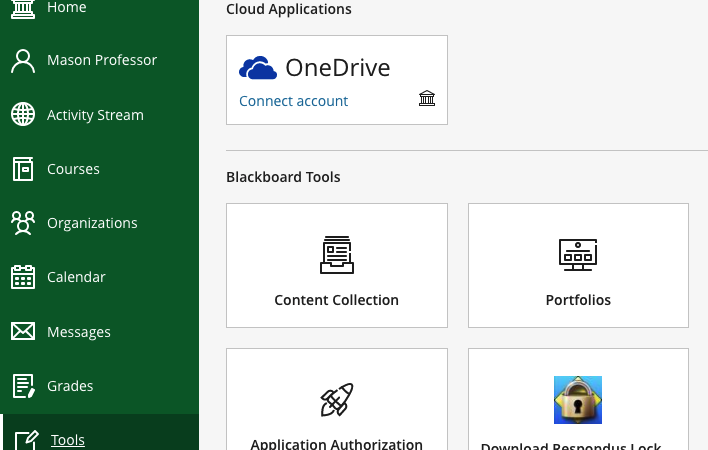How to Make a Game
In the ever-evolving world of technology and entertainment, the realm development stands as a fascinating intersection of creativity, technology, and storytelling. With the rise of indie game developers and accessible tools, creating your own game has become more achievable than ever before. Whether you’re an aspiring game designer, a hobbyist, or someone simply intrigued by the process, embarking on the journey to make your own game can be an immensely rewarding experience. In this comprehensive guide, we’ll walk you through the essential steps to bring your game idea to life.
Table of Contents
ToggleStep 1: Define Your Concept and Vision
Every great game starts with a compelling concept and a clear vision. Begin by brainstorming ideas, drawing inspiration from your favorite games, books, movies, or personal experiences. Consider the genre, setting, mechanics, and storyline of your game. What unique elements will set your game apart? Who is your target audience? Defining these early on will serve as a roadmap throughout the development process.
Step 2: Plan Your Game Design
With your concept in mind, it’s time to delve into the nitty-gritty of game design. Create a design document outlining the core mechanics, features, characters, levels, and objectives of your game. Consider the user experience and how players will interact with your game. Prototyping and sketching out ideas can help visualize your design and identify potential issues early on.
Step 3: Choose Your Development Tools
Selecting the right tools and technology stack is crucial for bringing your game to fruition. Depending on your skill level and project scope, you may opt for beginner-friendly engines like Unity or Unreal Engine, which offer powerful features and extensive documentation. Alternatively, you can explore more specialized tools tailored to specific genres or platforms.
Step 4: Learn the Basics of Game Development
Even if you’re new to game development, don’t be intimidated. Numerous online resources, tutorials, and communities are available to help you learn the ropes. Familiarize yourself with programming languages such as C#, C++, or JavaScript, as well as concepts like game physics, animation, and artificial intelligence. Start small with simple projects to build your skills and confidence.
Step 5: Create Assets and Content
Graphics, audio, and other multimedia assets play a crucial role in shaping the look and feel of your game. Depending on your budget and expertise, you can create your own assets using software like Photoshop, Blender, or Audacity, or leverage pre-made assets from online marketplaces. Pay attention to aesthetics, consistency, and optimization to ensure your game looks and sounds polished.
Step 6: Implement Gameplay Mechanics
Now comes the fun part – bringing your game to life. Start by coding the core gameplay mechanics and systems outlined in your design document. This may involve programming player controls, enemy behavior, level progression, and game rules. Iterate on your design, playtesting frequently to identify bugs, balance issues, and areas for improvement.
Step 7: Polish and Iterate
As your game takes shape, focus on polishing the overall experience. Fine-tune gameplay mechanics, tweak visuals and audio, and optimize performance for different devices and platforms. Solicit feedback from friends, family, and fellow developers, incorporating their suggestions to enhance the game’s quality. Remember that game development is an iterative process, and it’s okay to revise and refine your ideas along the way.
Step 8: Test and Debug
Thorough testing is essential to ensure your game is stable, functional, and enjoyable. Test your game across various devices, screen sizes, and operating systems to identify compatibility issues. Perform rigorous playtesting to uncover bugs, glitches, and usability problems. Keep detailed records of any issues encountered and prioritize fixing them based on severity and impact on gameplay.
Step 9: Publish and Launch
With your game polished and tested, it’s time to prepare for launch. Choose the appropriate distribution platforms – whether it’s app stores, online marketplaces, or your own website – and familiarize yourself with their submission guidelines and requirements. Create marketing materials such as trailers, screenshots, and press releases to generate buzz around your game. Consider reaching out to influencers, journalists, and gaming communities to help promote your launch.
Step 10: Gather Feedback and Iterate
After launching your game, the journey doesn’t end – it’s just the beginning. Pay attention to player feedback and reviews, using them as valuable insights to inform future updates and expansions. Engage with your audience through social media, forums, and community events, building a dedicated fan base and fostering a sense of community around your game. Continuously iterate and improve your game based on user input, keeping it fresh and engaging over time.
Conclusion
Making your own game is a challenging yet immensely rewarding endeavor that allows you to unleash your creativity and passion for gaming. By following these steps and staying committed to your vision, you can bring your game idea to life and share it with the world. Remember to stay persistent, stay open to feedback, and most importantly, have fun throughout the process. Who knows – your game could be the next indie darling or cult classic that captures the hearts of players worldwide.






